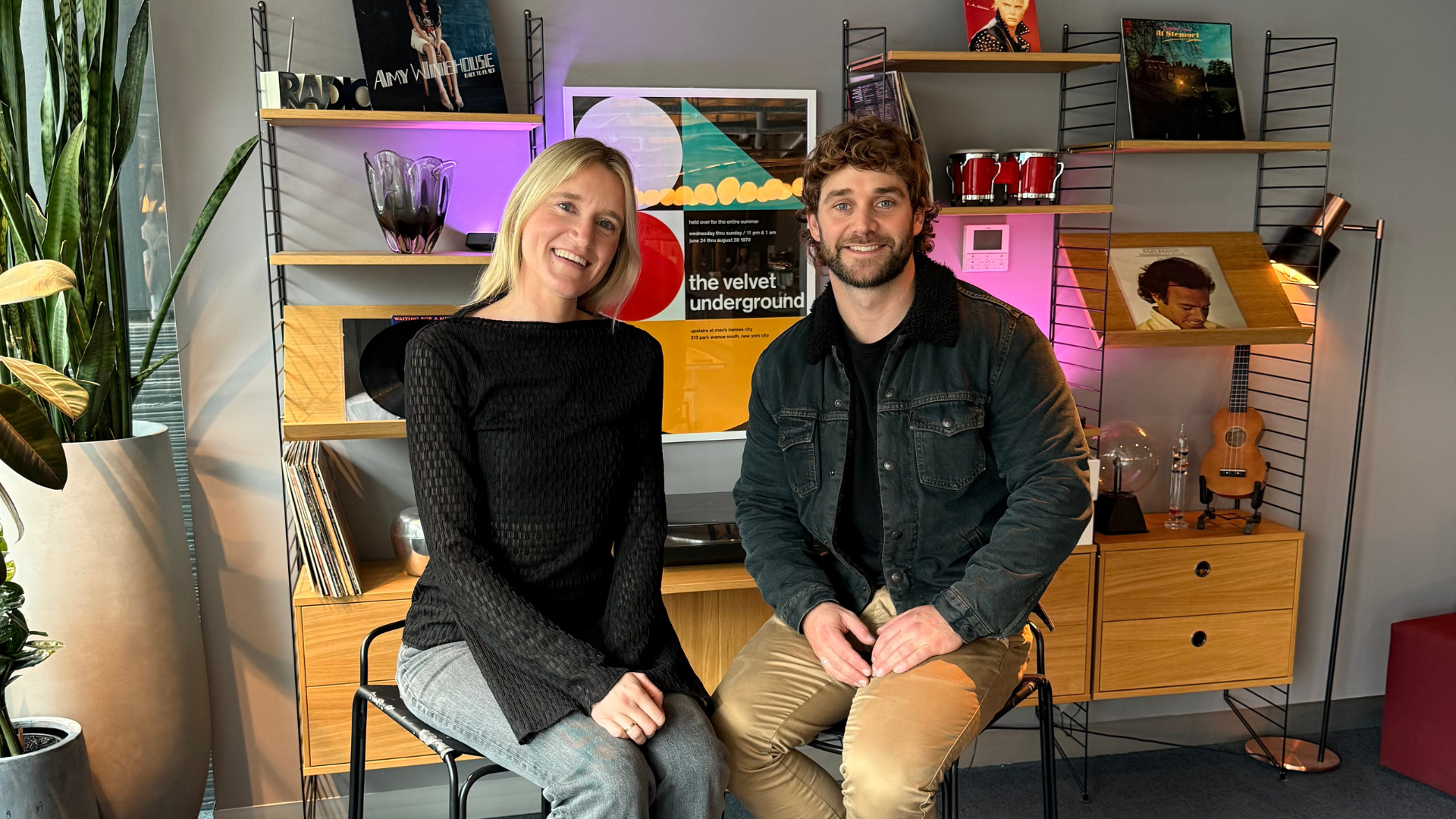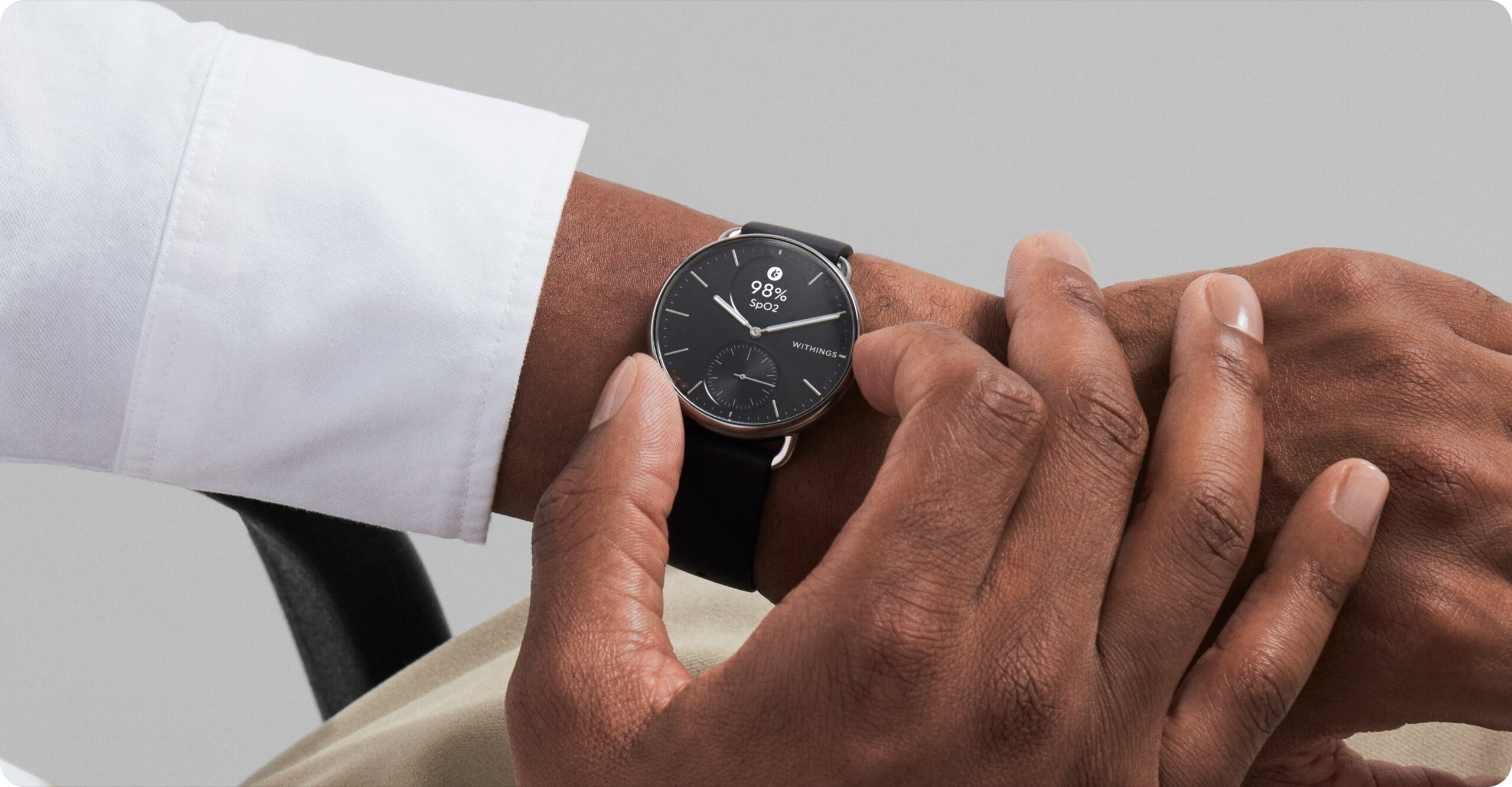
I clearly remember the chatter surrounding Y2K. Despite the world still being in the analog era, the panic around the ‘Millennium Bug’ was palpable, with the mainstream dailies down to the elderly folks at the coffee shop talking about an impending (digital) apocalypse.
Even as a kid, I picked up enough from the ‘adult talk’ that this was an unprecedented situation. I was worried enough to stay awake at the turn of the millennium and as we know, January 2000 arrived without incident, thanks to the extensive preparation and remediation efforts by governments and businesses. While the Y2K incident is hardly talked about today, it personally served as a very early introduction for just how deeply entrenched digital systems are in our lives, and how a widespread outage could upend the global order.
As we embrace the opportunities of a digital-first economy, we are also increasingly exposed to risks from a constantly evolving and relentless adversary, where the resulting impact isn’t just limited to the digital realm. The recent news of attacks on Singapore’s critical infrastructure is a stark reminder that cyber threats are no longer abstract, but a very real and present danger.
For too long, cybersecurity has been relegated to the IT department. Many have been comfortable treating it as a technical problem, assuming that simply having the right firewalls and endpoint protection in place makes us safe. Modern cybersecurity incidents prove this is a dangerously naive perspective. The reality is that it takes just one weak link, one chink in the digital armour, to provide bad actors with an attack vector to exploit, deploying sophisticated tools to gain entry and move undetected within corporate networks for illicit activities.
Staying secure in the digital economy requires a change in mindset, recognising that cybersecurity isn’t just an IT responsibility but a shared organizational imperative, from C-suite leaders to the office intern.
The C-suite’s Role: Setting the tone from the top
This new reality requires a new mindset. For businesses to thrive in this digital age, the C-suite has a critical part to play. Leaders must move beyond seeing cybersecurity as a line item on a budget and instead recognize it as a fundamental business risk. A single breach can lead to catastrophic financial losses, operational disruption, and irreparable damage to brand reputation. As leaders, it’s their job to set the strategic direction and foster a cybersecurity-first culture.
This means more than just approving a budget for a new security tool. It means championing security awareness, integrating cyber risk into business strategy, and ensuring their people have the resources and training they need. Leaders need to empower their Chief Information Security Officers (CISOs) and security teams, giving them a seat at the decision-making table and the authority to implement necessary measures. It’s also about preparing for the worst: having a robust incident response plan in place and communicating with transparency both internally and externally should an incident occur.
Every Employee: The first line of defense
While the C-suite sets the culture, the entire workforce is on the front line. An attacker doesn’t need to break through the strongest fortress; they just need to find a single unlocked door. A single employee clicking a malicious link in a phishing email, reusing a password across work and personal accounts, or bypassing a security policy to save time can be that weak link.
This is where good cyber hygiene comes in. It’s about building a collective awareness of nascent threats and cultivating secure habits. This includes using strong, unique passwords, enabling multi-factor authentication (MFA), being vigilant against phishing attempts, and understanding the risks of shadow IT. Regular, engaging training is essential to keep everyone informed and alert, turning every employee into a conscious defender of the organization.
The Bigger Picture: Operational Technology and the digital future
This shift in responsibility is especially critical in sectors with Operational Technology (OT). These are the systems that control physical processes, like those in our power grids and water treatment plants. As our economy digitalizes, the convergence of IT and OT systems creates new attack surfaces. A cyber breach in these sectors won’t just involve a data breach, but could very well lead to physical damage, service disruption, and even endanger lives when critical systems like electricity grids are brought down.
Ultimately, robust digital security is a team sport. Like football, every player on the pitch has a crucial role to play, from the manager setting the attacking strategy, to defenders (our IT and security teams) shoring up the backline, and every midfielder and forward (our frontline staff) contributing to the collective effort. It requires a shared sense of ownership that transcends departmental silos. When the C-suite, IT professionals, and every single employee understand and embrace their individual roles, we can build a more resilient and secure Singapore—one that is ready not just to respond to threats, but to proactively defend against them.
What steps is your organisation taking to ensure cybersecurity is a shared responsibility, not just an IT one? If your company provides cutting-edge cybersecurity services, and you’re looking to cut through the noise and amplify your message to the right audience, contact us at Sling & Stone today. We can help you tell your story and demonstrate your value in an increasingly critical market.

A weekly round-up of brilliant, bizarre and beautiful things from culture, tech and creativity.This week: AI is making dating less…

The countdown is on! SXSW Sydney is roaring back into town this October, and the energy is already electric. As…

Sling & Stone is joining forces with Marty McCarthy, a former journalist and producer at ABC and most recently the…

Sling & Stone, the communications agency for challengers, disruptors, and innovators, has been named ANZ PR Agency of the Year…

Sling & Stone, the communications agency for brands shaping the future of how we live, work and play, has been…

If you listen closely, that isn’t just the faint ringing of Jingle Bells you can hear; it’s the starting gun…